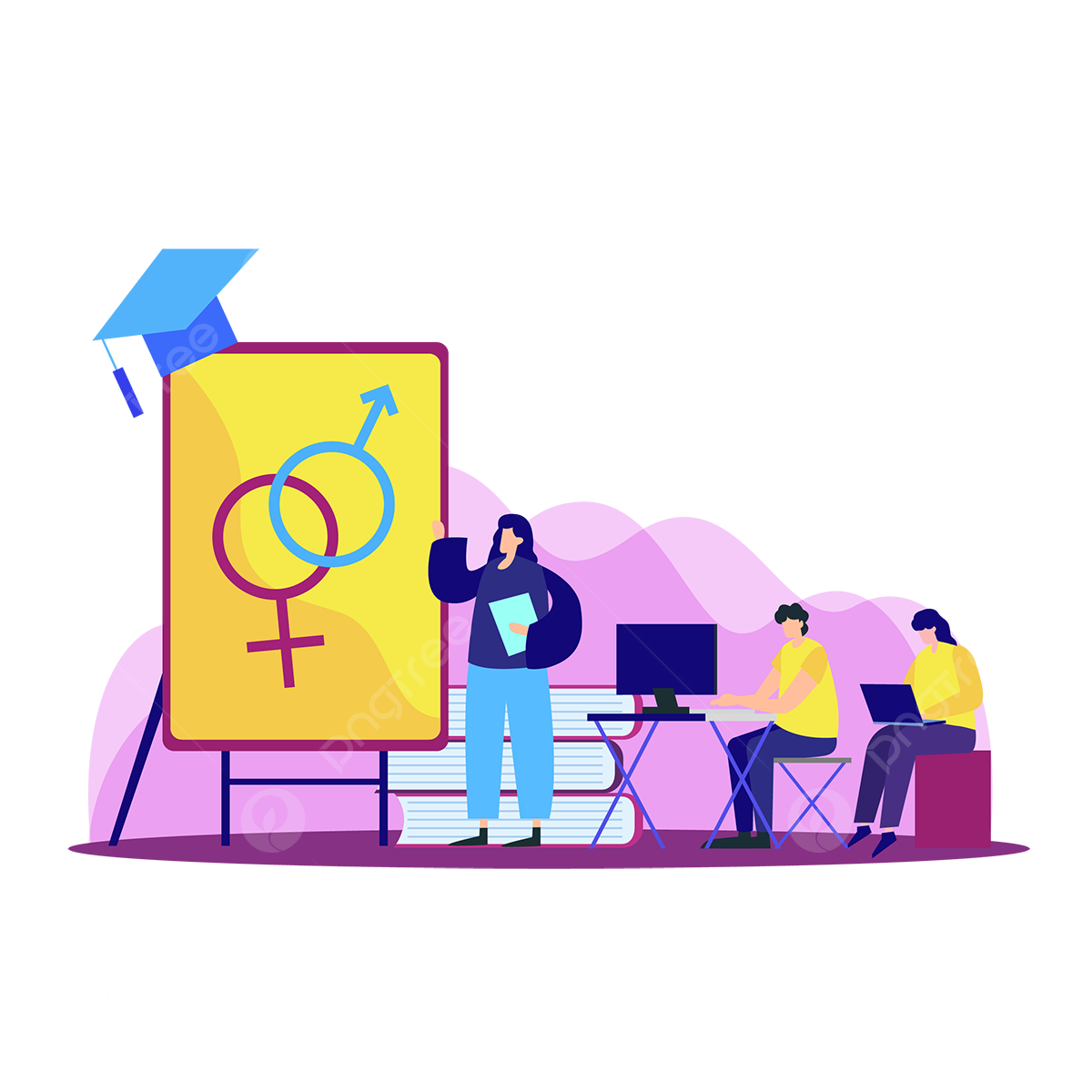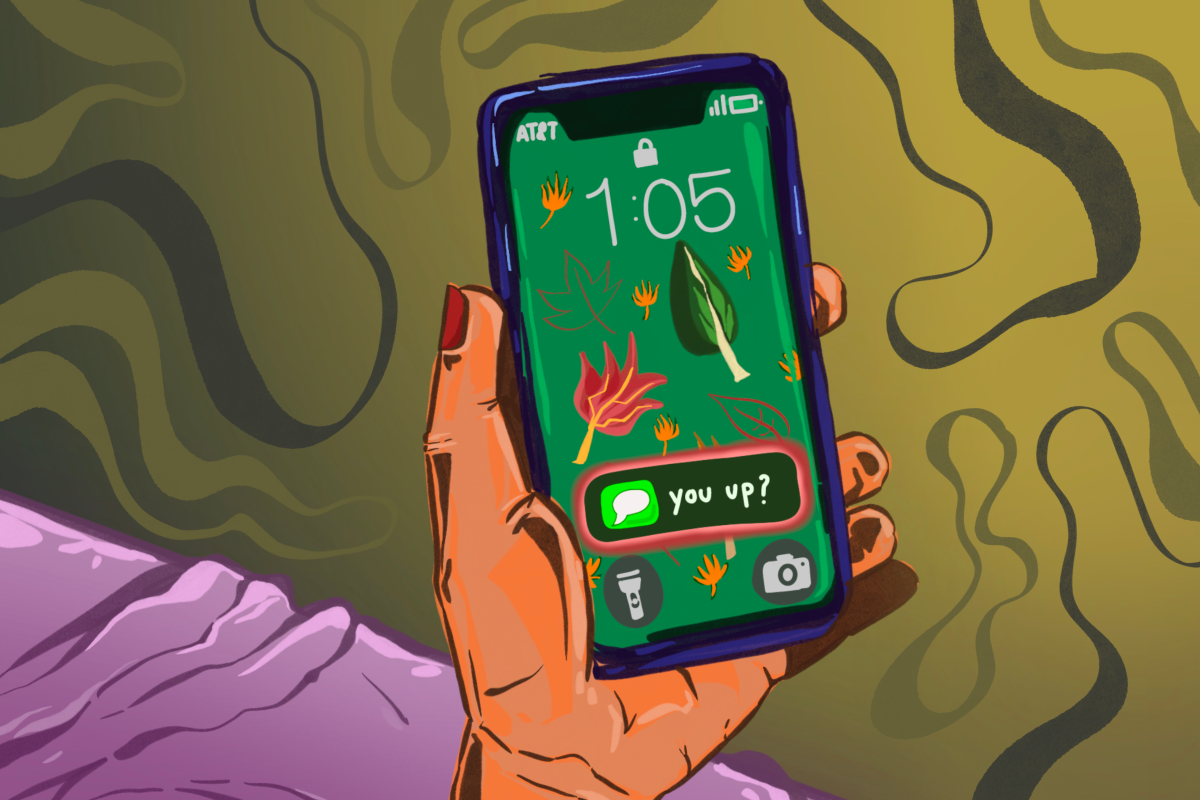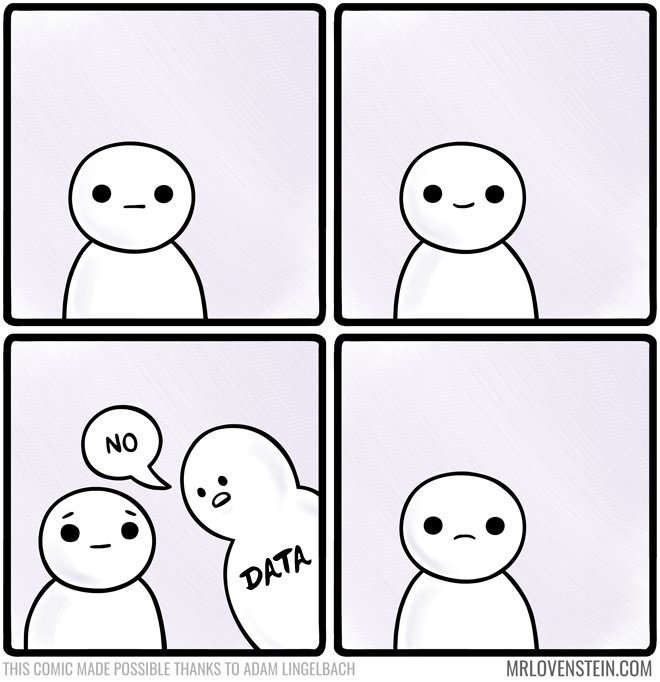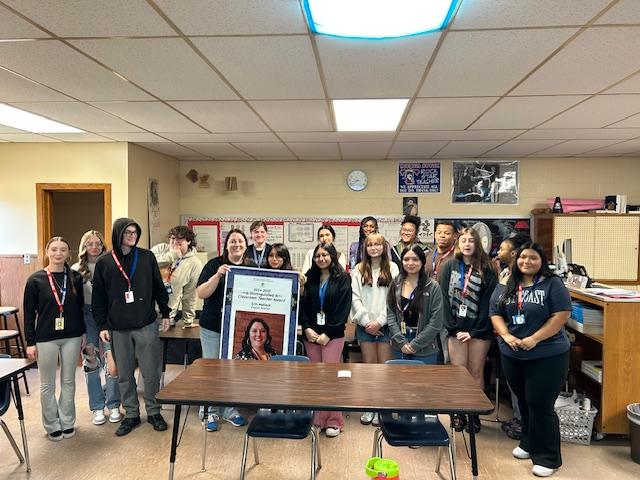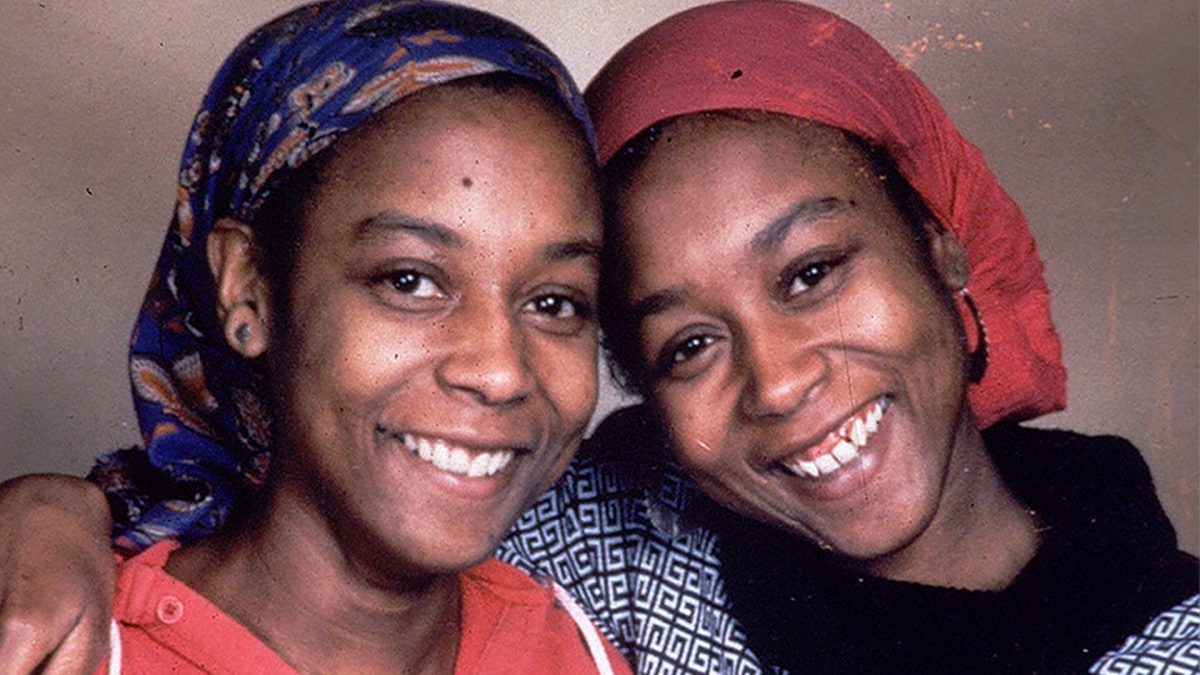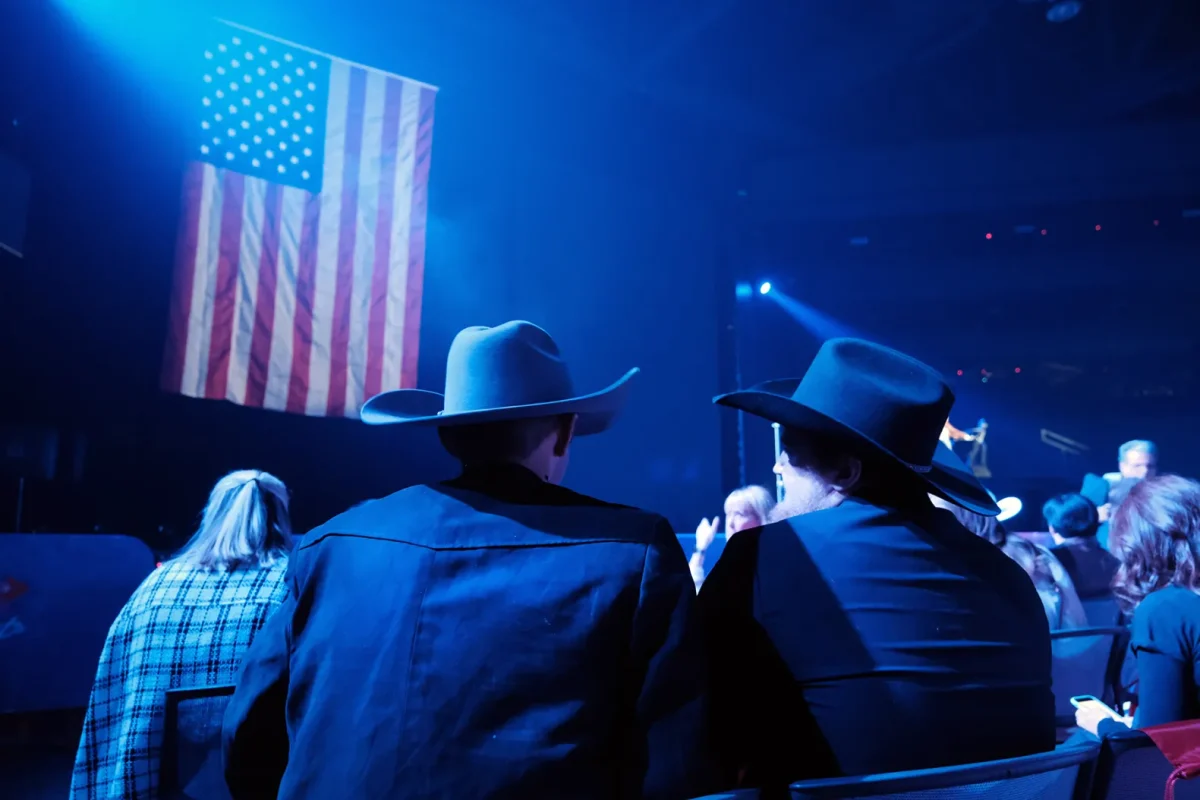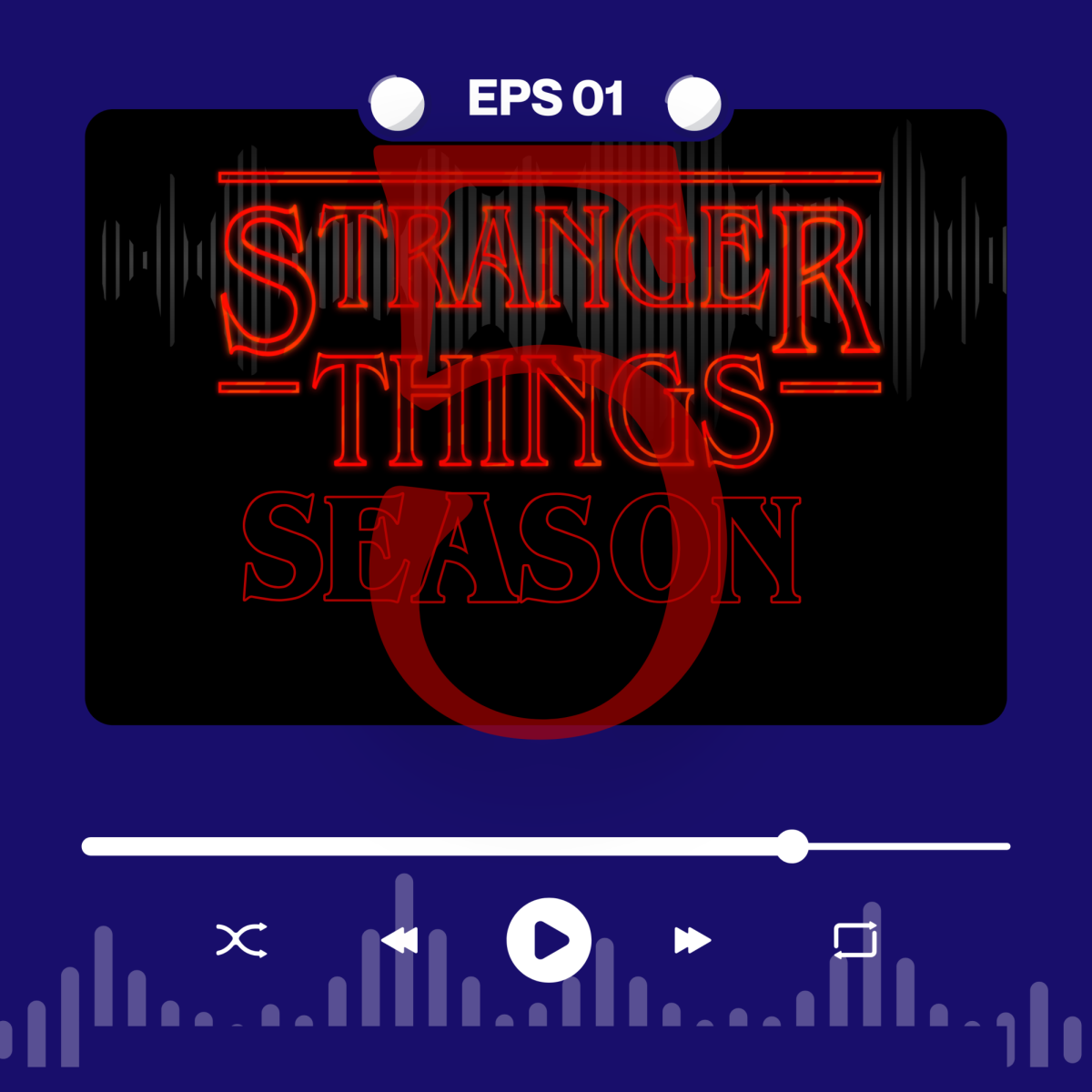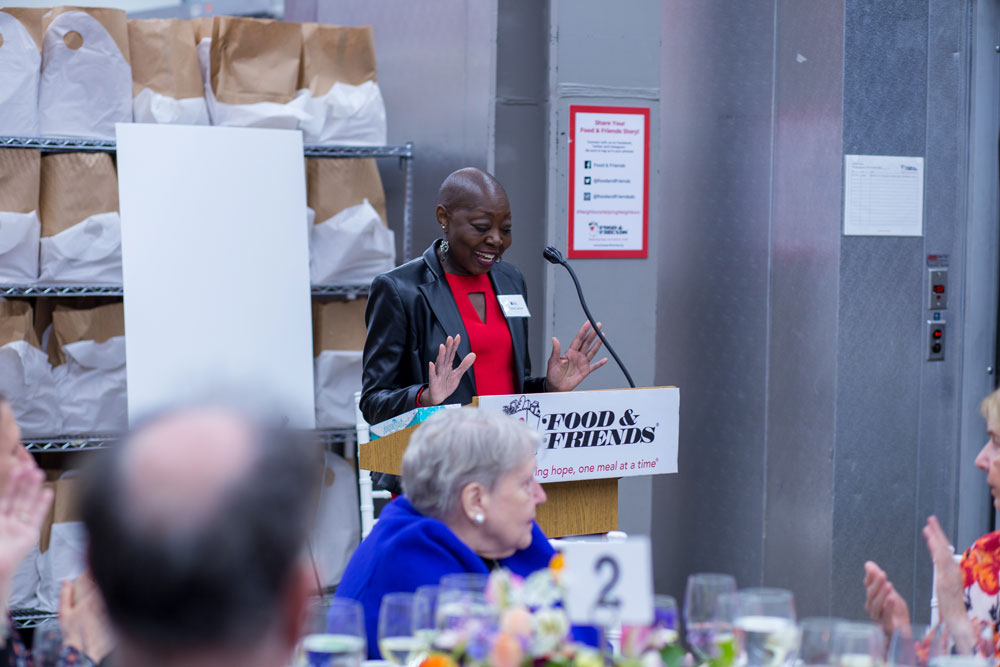The way our generation approaches dating has changed fast—and drastically. On the surface, it all looks more free, more open. But peel it back, and hookup culture reveals a different reality: one where connection feels quick, casual… and strangely hollow.
Social media has tricked us into mistaking attention for affection and fantasy for love turning likes into love letters, DMs into deep connections, and filters into feelings that don’t actually exist, hoping it’ll feel like something deeper.
But intimacy isn’t just physical. Every hookup comes with invisible strings attached. More than just physical pleasure is exchanged in hookups- there are deep, invisible chemical bonds being formed. Oxytocin, often called the “love hormone,” plays a key role in building emotional bonds. In mothers, it surges during breastfeeding and childbirth- both to trigger milk and to forge a deep sense of love and protection between mother and infant. That same surge occurs during sexual activity, promoting trust, intimacy, and heightened emotional sensitivity. Interestingly, research shows that females tend to have naturally higher baseline levels of oxytocin than males, which can make them even more sensitive to emotional bonding and social connection. The hormone operates on a multifaceted level, influencing various aspects of human behavior and emotional responses. Its function is not confined to reproductive processes or the immediate postpartum period but rather spreads through throughout various stages of life and different types of relationships. By enhancing feelings of empathy and emotional connection, oxytocin contributes to the complexity of human interactions, ensuring that the bonds we form with one another are not merely transactional but rather deeply meaningful and fulfilling.
From our first experiences of love in infancy to the bonds we seek as adults, oxytocin repeatedly teaches us that closeness feels safe and fulfilling. However, in negative or ambiguous settings—like one‑off hookups—oxytocin may instead drive confusion and social avoidance, as an animal study illustrates: “after social stress female mice have more active cells in the brain and avoid novel situations.” (Holder). A possible mirror to the social burnout or withdrawal that many experience after casual sex. For many of us, that quick hit of closeness leads not to confidence, but confusion. We connect fast, break it off faster, and end up stuck in a cycle of emotional whiplash—brief highs followed by heavy lows. For people my age, this creates a paradox. Each casual encounter triggers an oxytocin surge that feels like a genuine emotional connection, yet the lack of ongoing intimacy leaves the brain puzzled. We form and break these oxytocin‑powered bonds so quickly that our biology struggles to differentiate between authentic relationships and fleeting encounters. The result is a cycle of brief closeness followed by unexpected emptiness, loneliness, and a growing unhappiness that stems from unmet emotional needs. And while hormones are doing their own thing, the digital world isn’t helping.
We swipe, we scroll, we touch—but in the search for connection, we have only taught ourselves how to be more alone. As Valdez puts it, “we’re physically looking at other people so much more than we ever probably have,” creating endless opportunities for comparison and false intimacy. Our screens are filled with curated perfection—Instagram baddies, TikTok boys, aesthetic couples living their “soft life.” While society has become more open to different expressions of love and intimacy, many find themselves unsure of what true emotional connections looks like as the digital age blurs the line between real and superficial intimacy. As Grabe notes “The human brain processes reality in a way that does not easily differentiate between face‑to‑face and mediated events.” In fact, “the minds and bodies of contemporary humans treat the physical and mediated worlds, in large part, as if they are equally real… ” (pg 369). This confusion is a uniquely modern problem. Past generations didn’t have celebrities or influencers in their pockets- visible, accessible, and performing around the clock. Today, we’re bombarded with meticulously crafted personas, each one polished to perfection, lighting up our screens with unattainable ideals. In this virtual world, our minds naturally begin to form emotional bonds that feel real- even if they lack substance. These bonds, though intangible, possess an allure that skews our perception of genuine human connection. Consequently, when the stark reality of authentic relationships fails to mirror the enchanting mirage constructed by wide spread idolization, we find ourselves adrift, our hearts echoing with the hollow note of unfulfilled expectations. When the bubble bursts and we’re faced with the fact that real people aren’t always going to match up to the ideals we’ve seen online, it’s no wonder we feel disappointed and confused.
Though casual sex is often associated with emotional confusion or regret, its psychological impact varies greatly from person to person, the psychological effects of casual sex are far from universal. As Vanbuskirk notes, ” ..many [other studies] have found positive impacts, such as a boost in self-esteem, relaxation, sexual pleasure, and self-awareness.” However, these benefits are not guaranteed, “researchers note that beneficial mental health impacts are not universal and that factors such as using alcohol, not knowing one’s partner, and not being sexually satisfied from the encounter can make a negative emotional response more likely.” (Vanbuskirk). These factors are crucial in determining how an individual may respond. Therefore, it is an oversimplification to state that casual sexual activity induces detrimental effects to the same extent for all individuals. These variables are crucial in determining how someone responds emotionally, making it an oversimplification to state that hookup culture harms or helps everyone equally or in the same way.
Pleasure isn’t the problem– but if that’s all we’re chasing, we risk missing out on the kind of intimacy that actually feeds us. Real connection is more than a swipe or a DM. It’s mutual care, vulnerability, and depth. And in a world where “casual” feels easy, choosing something meaningful might just be the boldest move of all.
Sources:
Bersamin, Melina M., et al. “Risky Business: Is There an Association between Casual Sex and Mental Health among Emerging Adults?” The Journal of Sex Research, vol. 51, no. 1, 7 June 2013, pp. 43–51, https://doi.org/10.1080/00224499.2013.772088
Garber, Megan. “The Atlantic.” The Atlantic, theatlantic, 13 May 2024, www.theatlantic.com/podcasts/archive/2024/05/how-to-know-if-your-friends-are-real/678350/?utm_source=chatgpt.com Accessed 30 Apr. 2025.
Grabe, Maria Elizabeth. “News as Reality-Inducing, Survival-Relevant, and Gender-Specific Stimuli.” Oxford University Press EBooks, 24 Nov. 2011, pp. 361–377, www.researchgate.net/publication/287472793_News_as_reality-inducing_survival-relevant_and_gender-specific_stimuli, https://doi.org/10.1093/acprof:oso/9780199586073.003.0022
Holder, Kathleen. “Blocking the “Love Hormone.”” University of California, 25 Sept. 2017, www.universityofcalifornia.edu/news/blocking-love-hormone
LeWine, Howard. “Oxytocin: The Love Hormone.” Harvard Health, Harvard Health Publishing, 13 June 2023, www.health.harvard.edu/mind-and-mood/oxytocin-the-love-hormone
Marazziti, Donatella, et al. “Sex-Related Differences in Plasma Oxytocin Levels in Humans.” Clinical Practice & Epidemiology in Mental Health, vol. 15, no. 1, 26 Mar. 2019, pp. 58–63, https://doi.org/10.2174/1745017901915010058
Napper, Lucy E., et al. “Assessing the Personal Negative Impacts of Hooking up Experienced by College Students: Gender Differences and Mental Health.” The Journal of Sex Research, vol. 53, no. 7, 7 Oct. 2015, pp. 766–775, www.ncbi.nlm.nih.gov/pmc/articles/PMC5184218/#R9, https://doi.org/10.1080/00224499.2015.1065951
Stever, Gayle S. “Evolutionary Theory and Reactions to Mass Media: Understanding Parasocial Attachment.” Psychology of Popular Media Culture, vol. 6, no. 2, 2017, pp. 95–102, https://doi.org/10.1037/ppm0000116 Accessed 17 Aug. 2019.
Vanbuskirk, Sarah. “What Is the Impact of Casual Sex on Mental Health?” Verywell Mind, 5 Dec. 2022, www.verywellmind.com/what-is-the-impact-of-casual-sex-on-mental-health-5179455 **counter-argument


